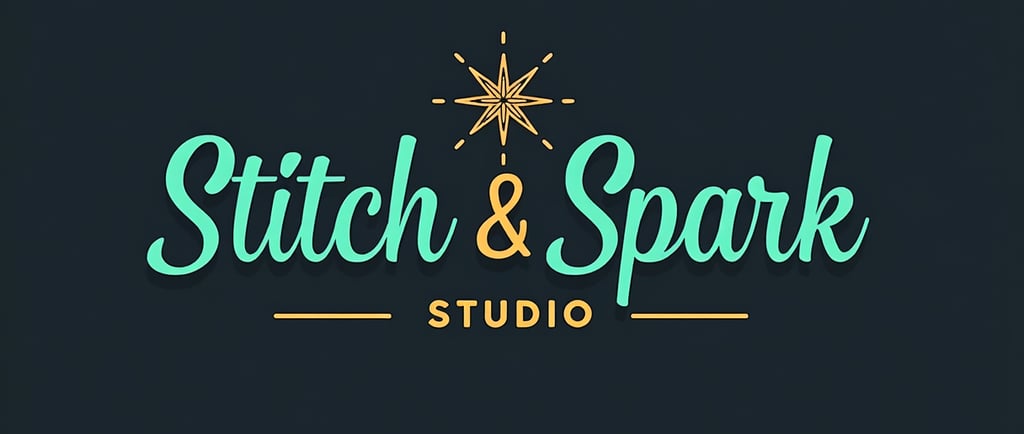DTF Printing vs. Sublimation: Which is Best for Your Custom Apparel?
When it comes to customizing apparel, two of the most popular printing techniques are Direct to Film (DTF) printing and sublimation. Both methods have their advantages and disadvantages, and the choice between the two often depends on a variety of factors including the type of fabric,...
7/3/20253 min read


DTF Printing vs. Sublimation: Which is Best for Your Custom Apparel?
When it comes to customizing apparel, two of the most popular printing techniques are Direct to Film (DTF) printing and sublimation. Both methods have their advantages and disadvantages, and the choice between the two often depends on a variety of factors including the type of fabric, the desired print quality, production costs, and the intended use of the apparel. This article will delve into DTF printing and sublimation, examining their processes, benefits, ideal applications, and determining which might be best for your custom apparel needs.
Understanding DTF Printing
DTF printing is an innovative technique that allows designs to be printed onto a special film, which is then transferred onto fabric through a heat press. The process involves several steps: first, the design is printed onto a PET film using specialized inks; then an adhesive powder is applied to the printed film; finally, the film is heat pressed onto the garment, allowing the ink and adhesive to bond with the fabric.
Advantages of DTF Printing
1. Versatility: DTF printing can be used on a wide variety of fabrics, including cotton, polyester, and blends, making it suitable for a range of apparel.
2. Vivid Colors: The inks used in DTF printing are vibrant and capable of producing detailed images with multiple colors, allowing for more complex designs.
3. Durability: Once applied, DTF prints are durable and resistant to fading, cracking, and peeling when properly cured.
4. No Need for Extensive Setup: Unlike some other printing methods, DTF printing requires minimal setup, which can lead to faster turnaround times without compromising quality.
5. Eco-friendly Options: Many DTF inks and adhesives are water-based, making them more environmentally friendly compared to solvent-based alternatives.
Disadvantages of DTF Printing
1. Feel of the Print: DTF prints can have a slight texture, which some customers may not prefer compared to smoother alternatives.
2. Cost: The initial investment for DTF equipment and materials can be high, although this can be offset by the ability to produce detailed, multi-colored prints efficiently.
Understanding Sublimation
Sublimation is another popular printing method that works on the principle of dye transfer. The sublimation process involves printing a design onto a special sublimation paper using dye sublimation inks. When heat is applied, the dye turns into a gas and permeates the polyester fibers of the fabric, creating a permanent bond that ensures the design does not peel or fade over time.
Advantages of Sublimation
1. Exceptional Print Quality: The colors produced by sublimation are vibrant, and the print has a high level of detail, resulting in an almost photo-like effect.
2. Soft Feel: With sublimation, the dye becomes part of the fabric, which means prints have a soft feel and do not add weight to the material.
3. Longevity: Sublimated designs are highly resistant to fading, cracking, and peeling, even after numerous washes, making them ideal for long-lasting custom apparel.
4. Full-Color Prints: Sublimation is excellent for full-color designs and can easily accommodate complex graphics with gradients.
Disadvantages of Sublimation
1. Material Limitations: Sublimation only works on synthetic fabrics such as polyester or polymer-coated surfaces. Cotton and other natural fibers will not achieve the desired results.
2. Color Limitations: Because sublimation dyes work best on white or light-colored fabrics, designers often face restrictions with darker materials.
3. Initial Costs: Similar to DTF printing, the initial setup costs can be high for sublimation printing. However, the ability to produce high-quality prints makes it worthwhile.
Comparing DTF Printing and Sublimation
To make an informed decision when choosing between DTF printing and sublimation, consider the following factors:
1. Fabric Type: If you’re working with polyester or polymer-coated fabrics, sublimation is the best choice, as it yields the best results. For cotton or mixed fabrics, DTF is the more appropriate method.
2. Design Complexity: For intricate designs with vibrant colors, DTF printing can handle detailed graphics well. However, sublimation provides unparalleled quality for complex colorful designs, especially when dye penetration is important.
3. Desired Feel: If a smooth, soft feel is important to you or your customers, sublimation might be more suitable since the dye merges with the fabric. DTF prints can be slightly thicker and may not feel as soft.
4. Durability Needs: Both methods produce durable prints, but sublimation tends to be more long-lasting due to its integration into the fabric itself, making it less prone to peeling or fading.
5. Cost-Effectiveness: While both methods involve initial investments, DTF printing may be more cost-effective for short runs or intricate designs due to lower setup time.
Conclusion
Ultimately, the choice between DTF printing and sublimation depends on your specific needs and the type of custom apparel you aim to produce. For poly-blend shirts or varied fabric choices, DTF printing might offer the versatility and quality you require. Conversely, if you are primarily working with polyester fabrics and prioritize vibrant, long-lasting designs with a soft feel, sublimation may be the superior choice.
By evaluating the attributes of each printing method against your requirements, you can ensure that you select the most effective printing technique for your custom apparel needs.
